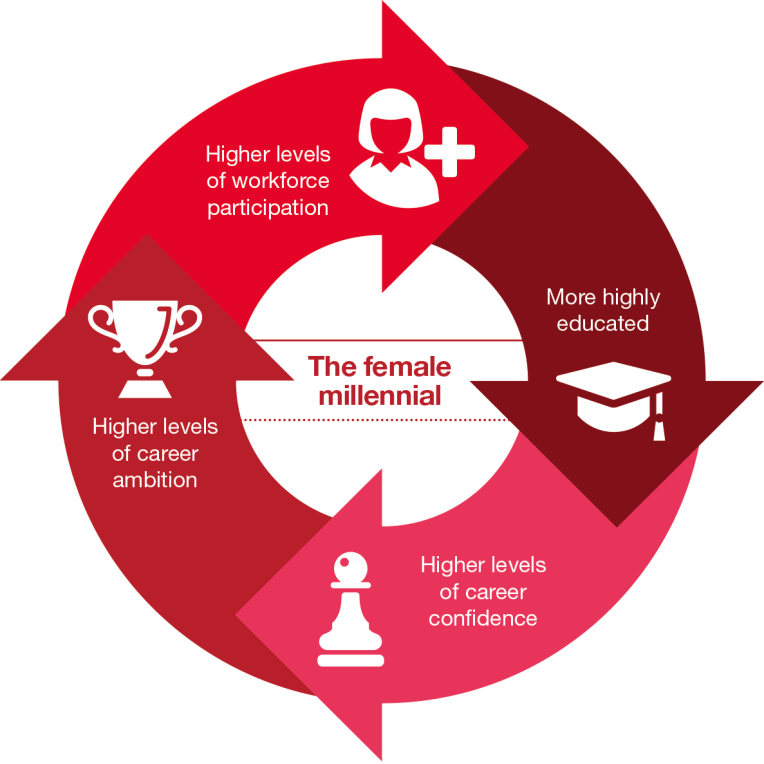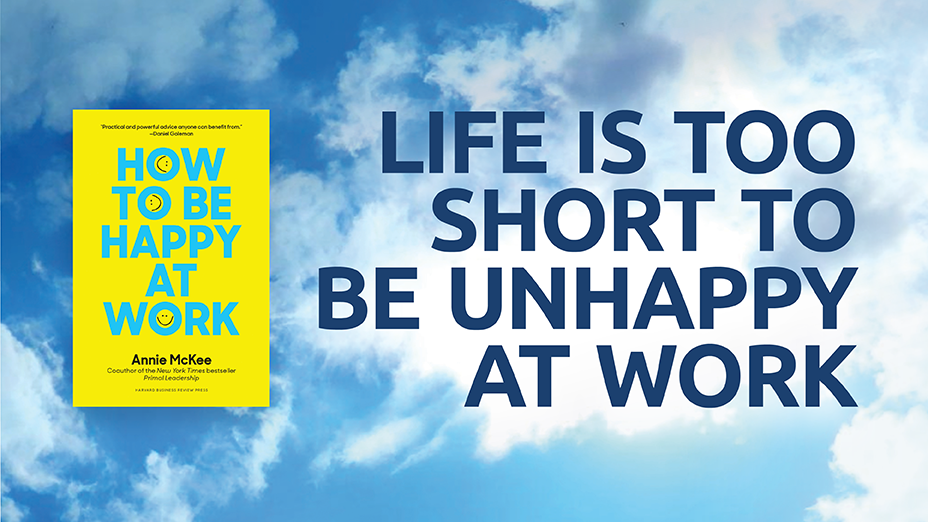Born between 1980 and 1995, female millennials make up a significant proportion of the current and future talent pool. Attracting the best of these millennial workers is critical to the future of your business. Millennials matter because they are not only different from those that have gone before them, they are also more numerous than any since the soon-to-retire baby boomer generation.
The female millennial has grown up in a new era. During her lifetime women have been joining the labour market in increasing numbers; the global female labour force participation rate has been on the rise. Between 1980 and 2008, 552 million women joined the global labour force and a further one billion women are anticipated to enter the workforce over the next decade. With 40% of the global labour force currently female, never before has a generation entered a workforce with such high levels of female participation.
Attracting the best of female millennial workers is critical to the future of your business.
The make-up of the labour force is not the only thing that has changed; enrolment in tertiary level education has also soared, with women the principal beneficiaries as female enrolment has increased almost twice as fast as male enrolment since 1970.7 Globally, women now account for a majority of students in 93 countries while men are favoured in only 46, earn more bachelors’ degrees than men and have an edge over men of 56 to 44% in masters’ degrees.
The female millennial is also entering the workforce with a different career mindset. Forty-nine percent of female millennial career starters said they feel they will be able to rise to the most senior levels with their current employer, making her more career confident than her previous generations. Despite this, there is still a confidence gap between the female millennial and her male peers.
The female millennial ranks opportunities for career progression as the most attractive employer trait. Our research also tells us that female millennials that have moved employers rank a lack of opportunities for career progression as the top reason they left their former employer.
The earning power and patterns of women in the workplace have also very much evolved. Our research tells us that 86% of female millennials that are in a relationship are part of a dual career couple.
Furthermore, 42% earn equal salaries to their partner or spouse while almost one quarter are the primary earner in their relationships (24%). This means, 66% of female millennials earn equal to or more than their partner or spouse.
The female millennial is more career-confident and career ambitious than the generations that have gone before her. To be successful and capitalise on the stellar traits of the female millennial, employers must commit to an inclusive culture, talent processes, policies and programmes that lean into the confidence and ambition of the female millennial. Forming talent strategies tailored for this talent segment will be a vital step to achieving the long-term aims and ambitions of an individual organisation.

What can employers do?
To achieve a sustainable talent pipeline, employers simply must focus on the attraction and retention of the female millennial. To make progress towards greater gender diversity in leadership, employers will need to foster inclusive talent strategies that address the advancement, engagement and development of this talent population. Here are the difficult questions employers need to ask themselves when it comes to the female millennial.
Difficult questions about:
1. A new era of female talent
- How well-prepared is your organisation to find, attract and keep tomorrow’s workforce – even as you deal with today’s talent challenges?
- How are you adjusting your talent strategies to consider the female millennial?
- Do you have the right talent structures in place to enable this talent population to thrive?
- How will you manage employees with different needs, aspirations and experiences from those of your own generation?
2. Diversity
- What are you doing to make your workforce more diverse? And how will you utilise the benefits of diversity?
- Do you have the right role models in place to attract and retain the female millennial?
- What are you doing to enable objective talent, performance management and career progression systems and processes?
- How will you deliver visible diversity action and results?
- How will you engage this generation in shaping your diversity strategy?
- What are you doing to make sure your diversity efforts are tackling your true diversity challenges?
3. Work-life strategies and flexibility
- What are you doing to create a culture where performance trumps presence?
- How will you shift from a culture of work-life policies to a culture of work life in practice?
- How will you transform your work-life and flexibility strategies so they are attractive to your complete talent pool?
4. A feedback culture
- What are you doing to create a progressive feedback culture?
- How will you make sure this talent pool receives the positive and constructive development feedback they need in real time?
- How will you blend a growing use of modern communication channels with a culture of face-to-face feedback?
- How will you combine your feedback and performance management platforms with digital tools?
5. Global careers
- What is your organisation doing to create a cadre of leaders with a global mindset?
- How will you evolve your mobility strategy to meet the dual demands of an increasingly diverse talent pool and a rapidly changing work landscape?
- What are you doing to make your international assignment programme inclusive to women? And how will this manifest itself in your international assignment programme structure and the selection of international assignees?
- How will you make sure you always have a current picture of your mobile ready talent pipeline?
6. Image and reputation
- How are you communicating the positive aspects of your employer brand - and making sure they stand up in reality?
- What are you doing to adapt your employer brand to this talent cohort? What will it cost your organisation, if you get your talent pipeline wrong?
How well-prepared is your organisation to find, attract and keep tomorrow’s workforce?





.png)
.jpg)


What Did You Think?